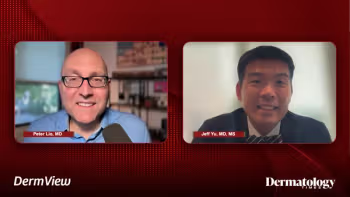
Smaller dermatology practices a dwindling breed
From IT costs to insurance contracts, economic pressures are pushing solo practitioners and small private practices to join larger groups, sources say. But despite many physicians' belief that small dermatology practices are a threatened species, some predict that viable niches for well-run small practices will persist into the foreseeable future. Still, the numbers show a downward trend.
Key Points
EDITOR'S NOTE: In this issue, we examine some of the reasons why solo and small dermatology practices are dwindling in number - and why some physicians say smaller practices will always fill a need. We also look at Medicare's newly mandated "shared savings" program, and why it may put dermatologists at a disadvantage.
National report - From IT costs to insurance contracts, economic pressures are pushing solo practitioners and small private practices to join larger groups, sources say. But despite many physicians' belief that small dermatology practices are a threatened species, some predict that viable niches for well-run small practices will persist into the foreseeable future.
Still, the numbers show a downward trend.
The 2009 Dermatology Practice Profile Survey conducted by the American Academy of Dermatology shows that 40 percent of members surveyed work in solo practices, versus 44 percent in 2007 and 2005 surveys.
Dr. Levine says he is aware of the trend.
"I am the last dermatologist to enter our community as a solo practitioner," he says, "and nobody after me has done that. Nobody after me may ever do that." He has since added a half-time associate.
Generally, Dr. Levine says, young dermatologists in his market typically join larger practices immediately after residency training.
Dr. Farris has a two-dermatologist private practice in Metairie, La.
Newsletter
Like what you’re reading? Subscribe to Dermatology Times for weekly updates on therapies, innovations, and real-world practice tips.


















